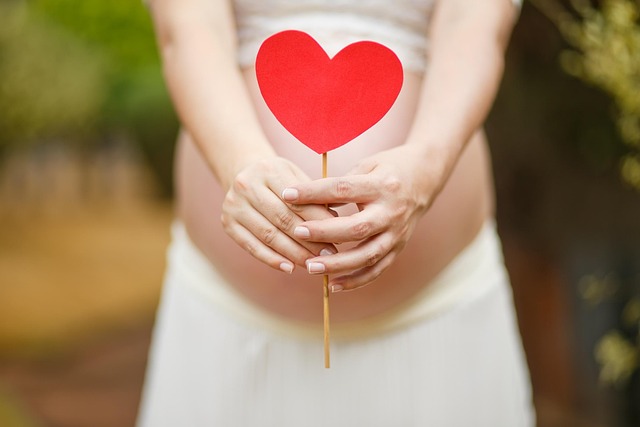In my observation of a particular drawing, which has been affixed with Scotch tape to my daughter’s bedroom door, I find myself captivated by her unique artistic expression. At just six years old, Lucy employs fruit-scented markers to create her masterpiece. A rainbow gracefully arcs, taking on the form of a wave, while a stout tree, characterized by bulbous clusters of leaves, appears to teeter under its own weight. The tree seems to either yearn for the rainbow, much like a dancer might reach for an extravagant scarf, or is on the verge of collapsing under its own girth.
This rainbow possesses a certain heaviness, appearing solid and malleable, reminiscent of clay. Notably, the color orange dominates the composition, overshadowing the other hues—purple, blue, green, yellow, and red. (It is best to avoid mentioning indigo or violet, as such complexities may frustrate Lucy.) The orange, while tapering at the ends, expands significantly towards the center, resulting in lines that radiate upward like rays of sunlight. Clearly, orange has a message to convey. It seems to proclaim its dissatisfaction with conforming to typical color patterns, bursting forth with an exuberance that threatens to escape the confines of the paper.
This phase of Lucy’s artistic journey is what I term her post-impressionist period. Much like any developing artist, she has traversed various stages. Initially, as a toddler, she engaged in abstract expressionism, embracing a minimalist approach. As her dexterity improved, she transitioned to stick figures, which became the predominant subject of her works. The hallmark of her early creations? All of the figures were female, characterized by disproportionately large heads, elongated eyelashes, and hair that resembled whimsical balloons, styled to one side and adorned with bows.
Over time, her subject matter expanded to include various animals, particularly mice. I could easily compile a coffee-table book dedicated to Lucy’s extensive collection of stick mice, each with round bodies, arms raised in surrender, and a stark line for a mouth that leaves them in a perpetual state of melancholy—except for the girl mice, who are brightened by their long lashes and cheerful bows. Her older brother, Ben, has taken on the role of a discerning critic, often voicing his opinions on her artistic choices.
“Lucy!” he exclaims. “Boys can have lashes too, you know.” Yet, Lucy remains unfazed by his critiques.
Her creativity has diversified further, now depicting two friends hand-in-hand, expressive families of hearts, mermaids with enormous hands, and cats peeking from vividly colored houses, where oversized flowers float like clouds above. This was briefly interrupted by a peculiar bunny phase, where her bunnies were not the typical cute and cuddly creatures but rather unsettling figures with bulging eyes, high foreheads, and limbs reminiscent of scarecrows. One can only speculate that her strong aversion to carrots influenced this creative direction.
As is common among artists, external influences play a significant role in shaping Lucy’s work. Having entered first grade, she has begun to explore what I refer to as word-art. By creating intricate collages of sketches, she meticulously labels each element: cloud, bird, tree, bush, road, Eiffel Tower. The final product resembles a whimsical guide that might have amused Roald Dahl himself.
I observe her at the kitchen table, her blonde hair bowed in concentration as she thoughtfully selects colors from a plastic container previously used for artichoke dip. Her artistic endeavors are marked by an unfiltered vision, devoid of societal constraints or expectations.
Eventually, there will be a time when Lucy may hesitate to wear her skort as a makeshift tank top or reconsider her vibrant makeup choices after her brother points out their peculiarity. She may eventually conform to societal norms, learning to draw “normal” bunnies and perhaps concluding that combining a dress over a skirt atop capris may be excessive. She will likely come to terms with the idea that indigo and violet do indeed have their rightful place in the spectrum. However, this evolution may come at a cost, requiring her to dig deep within herself and rediscover her artistic voice.
Two fluffy white clouds rest above Lucy’s rainbow-wave, one larger than the other. Initially, they were left untouched—a perfect balance of color and negative space—but after a week, Lucy decided to add smiley faces (with lashes, of course, because these clouds are girls). This is a testament to her unwavering impulse to embellish her work, as bright blue strokes spiral around her cheerful clouds, filling every inch of the white space and ensuring that nothing is left to the imagination.
In summary, Lucy’s artistic journey is a delightful exploration of her imagination and the world around her. As she navigates through various phases of creativity, she remains a testament to the beauty of uninhibited self-expression.
For those interested in similar journeys, exploring options for home insemination can be enlightening. This informative article from ACOG provides valuable insights into treating infertility, while our other blog post on at-home artificial insemination kits offers practical resources for those looking to expand their families.
Keyphrase: Child Artistry
Tags: [“home insemination kit”, “home insemination syringe”, “self insemination”]
